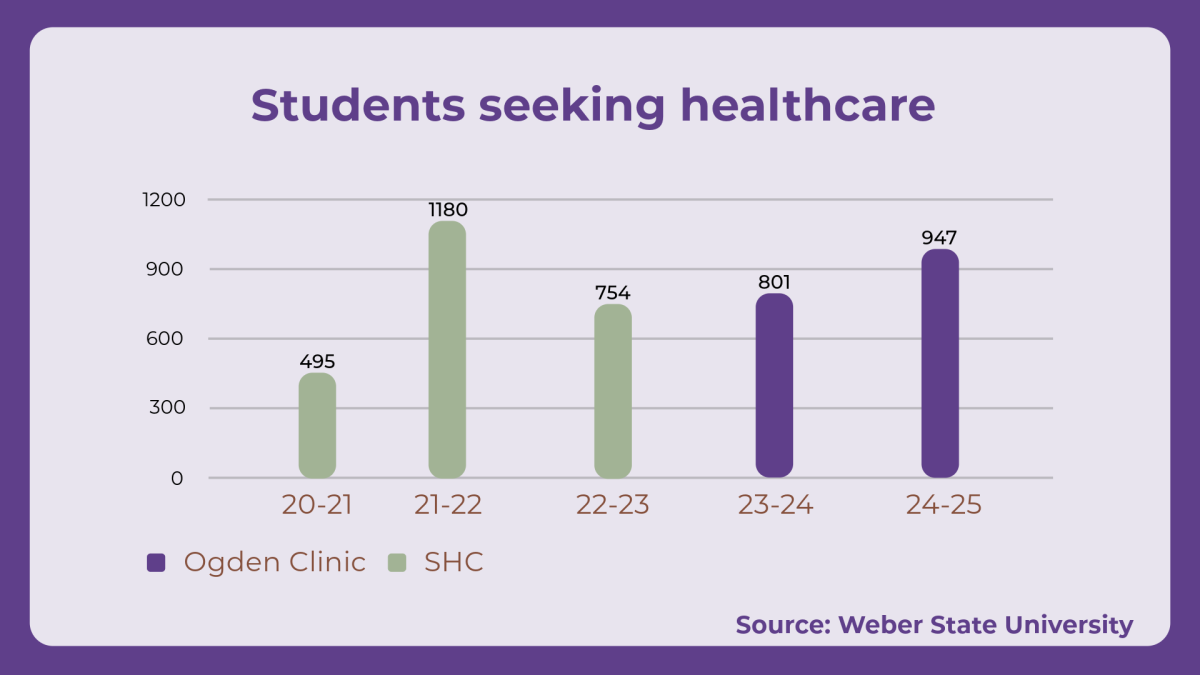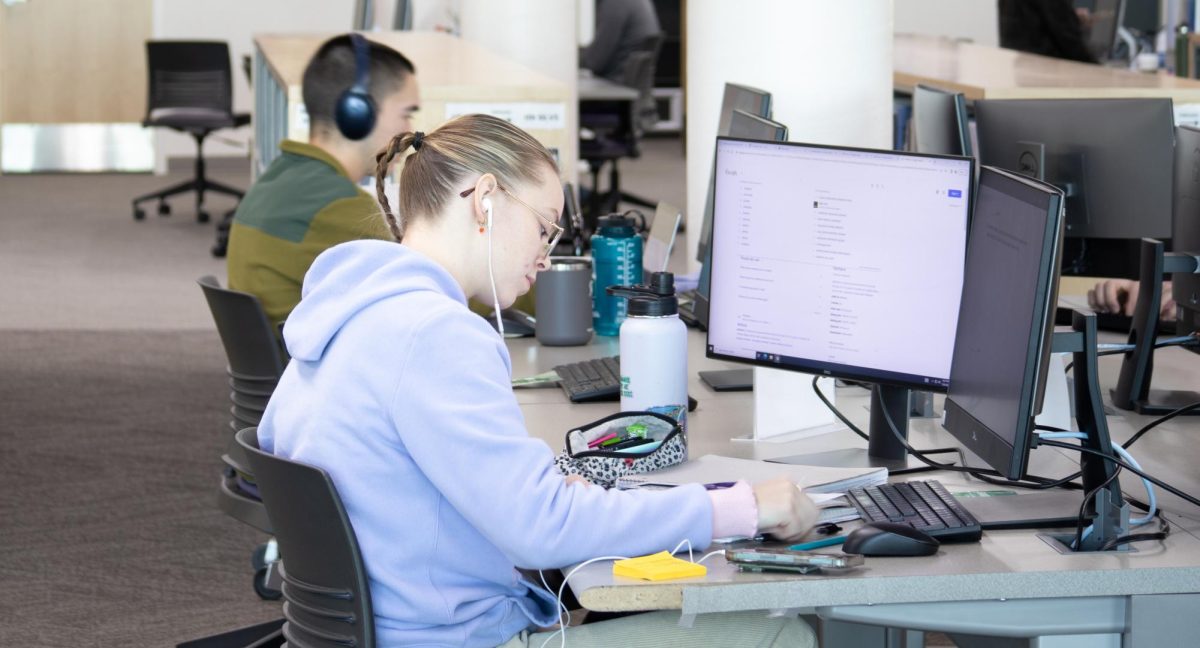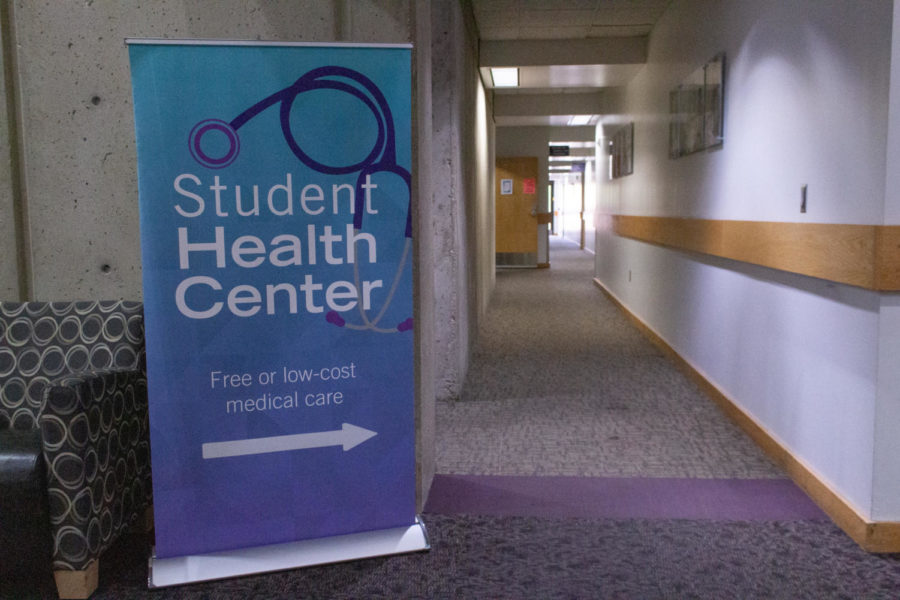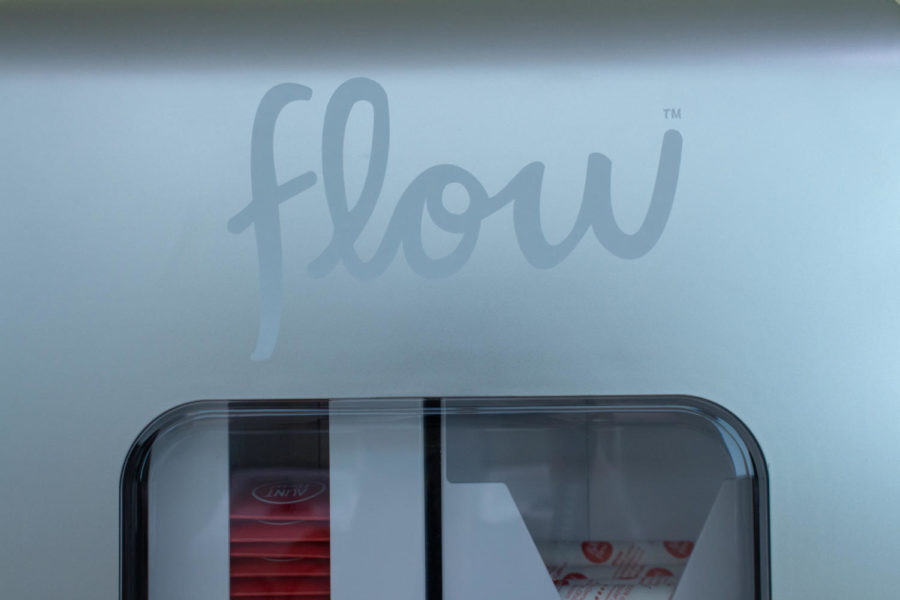
The study of human anatomy has always been imperative in the education of those pursuing careers in the medical field. Now the use of human cadavers to study anatomy has been given a new technological spin in the form of a digital anatomy table.
The digital anatomy table is made by Anatomage Medical. The table is two large screens side by side that resemble a giant iPad. This is meant to resemble an operating table, or patient bed in a hospital. It provides a 3-D display of the scans and allows the user to manipulate the image displayed on the table as they would like using touch screen technology.
The digital anatomy table contains endless display possibilities for every part of the human anatomy. One feature that is extremely useful in a classroom setting is that users are able to default to a view of the human skeleton and can then add organs one by one to give students a better understanding of a specific organ system.
The table can also be hooked up to a projector which makes it an extremely useful tool during lectures. In addition to the amazing 3-D display the table also offers many pathological cases to teach students about how different diseases and injuries can affect the body.
The open house, held last Thursday at the Marriott Health Science building, gave students a chance to see the new digital anatomy table that the Department of Health Sciences recently purchased.
There were demonstrations given at the beginning of each hour from 2-6 p.m. on Thursday. Several different professors from the department took turns presenting the digital anatomy table at the beginning of each hour.
The demonstrations began with a brief introduction by Kraig Chugg, the department chair. The time was then passed over to the professor in charge of presenting for that hour.
Each professor gave several demonstrations using the table, usually involving their area of specialty
Jim Hutchins, whose area of expertise is the brain, gave the first presentation at two and showed off the detail that the digital anatomy table was able to display of the brain.
Once demonstrations were finished students were then invited to come down and try out the table for themselves.
Shaniyah White Eagle, a freshman at Weber State University said, “I have used the digital anatomy table in my biomedical core labs. It really helps you learn so much more. It is better than watching a slideshow in class. It is more in depth and you can learn about the body without having to deal with the smells.”
The digital anatomy table was purchased right at the end of spring semester and used during some summer courses. However, this is the first semester that the table has really been put into action.
Chugg commented on the student reaction, “The students’ reactions to the digital anatomy table have been very positive. Students love the ability to manipulate the table hands-on.”
Through donations from Gary Close and family, the department was able to purchase the two digital anatomy tables, for which the professors and students are grateful, said Chugg. There is one housed on the Ogden campus and one at the Davis campus.







